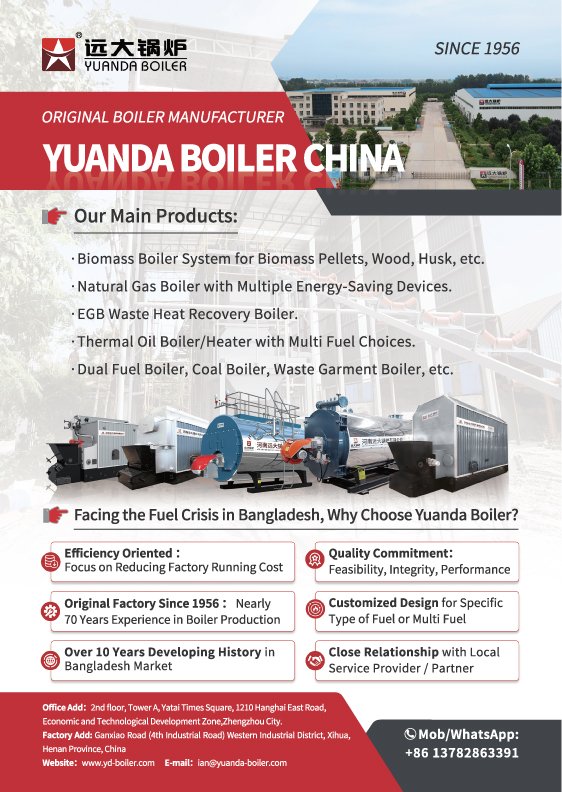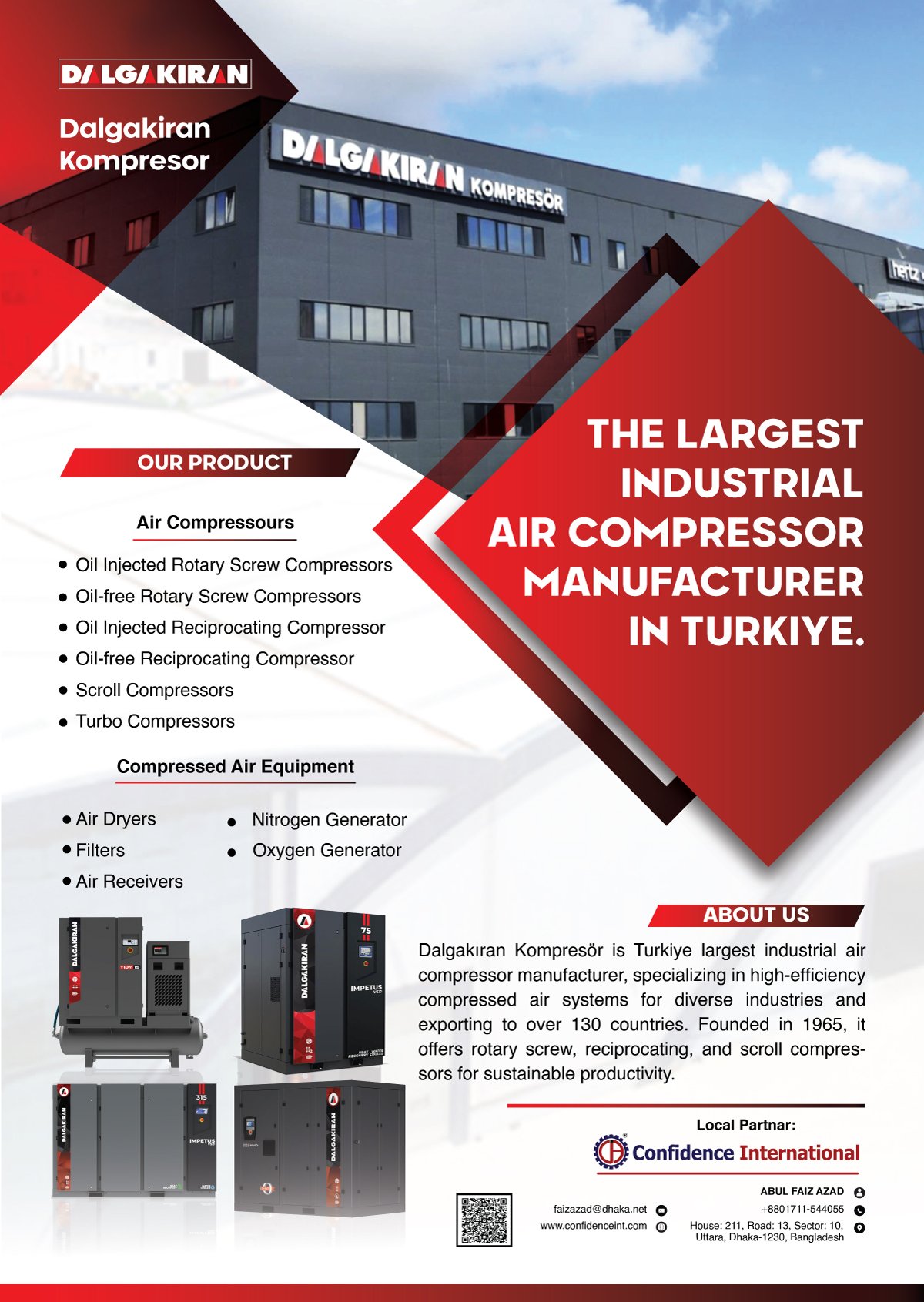Krofta Engineering Limited

The paper industry produces large amounts of fiber sludge as a by-product during the paper-making process. This sludge is a mixture of water, fiber, and various additives, and it needs to be treated before disposal to avoid environmental pollution. One of the most common methods of treating paper industry fiber sludge is dewatering.
Dewatering is the process of removing water from sludge to reduce its volume and weight for disposal. Dewatering of paper industry fiber sludge can be achieved through various methods, including mechanical dewatering, thermal dewatering, and chemical dewatering.
Mechanical dewatering involves the use of mechanical forces, such as pressure or centrifugation, to remove water from the sludge. This method is typically used for dewatering large volumes of sludge quickly and efficiently. Mechanical dewatering equipment commonly used in the paper industry includes belt filter presses, screw presses, and centrifuges while as the power consumption is very high for centrifuges so expensive……
Thermal dewatering involves the application of heat to the sludge to evaporate the water. This method is effective for reducing the volume of sludge, but it requires a significant amount of energy and can be expensive to operate. Common thermal dewatering equipment includes thermal dryers and evaporators.
Chemical dewatering involves the use of chemicals to bind water molecules in the sludge, making it easier to remove. Chemical dewatering agents commonly used in the paper industry include polymers, coagulants, and flocculants. Chemical dewatering can be used in conjunction with mechanical or thermal dewatering methods to improve efficiency.
The choice of dewatering method depends on various factors, including the volume and characteristics of the sludge, the desired level of dewatering, and the cost of operation. However, mechanical dewatering is often the preferred method due to its efficiency and cost-effectiveness.
An enormous amount of waste material Sludge generated from paper and pulp industries is either dumped or incinerated . However this Biological Sludge pulp is an enriched source of macronutrients and can be employed on agricultural land owing to the rather high Nitrogen and Phosphate contents to improve its fertility.
In conclusion, dewatering is a critical process in the treatment of paper industry fiber sludge. It helps to reduce the volume and weight of the sludge for disposal and reduces the environmental impact of paper production. Mechanical dewatering is the most commonly used method, but other methods such as thermal and chemical dewatering can also be effective depending on the specific circumstances.
Krofta Engineering by and large are already in mechanism of dewatering such type of sludge having different models for specific capacities depending upon the inlet Flow and has the ability to handle Higher Solids per day by their NEW innovative Unique Technique and enhanced Triple WIRE Belt Filter Press introduction.



















